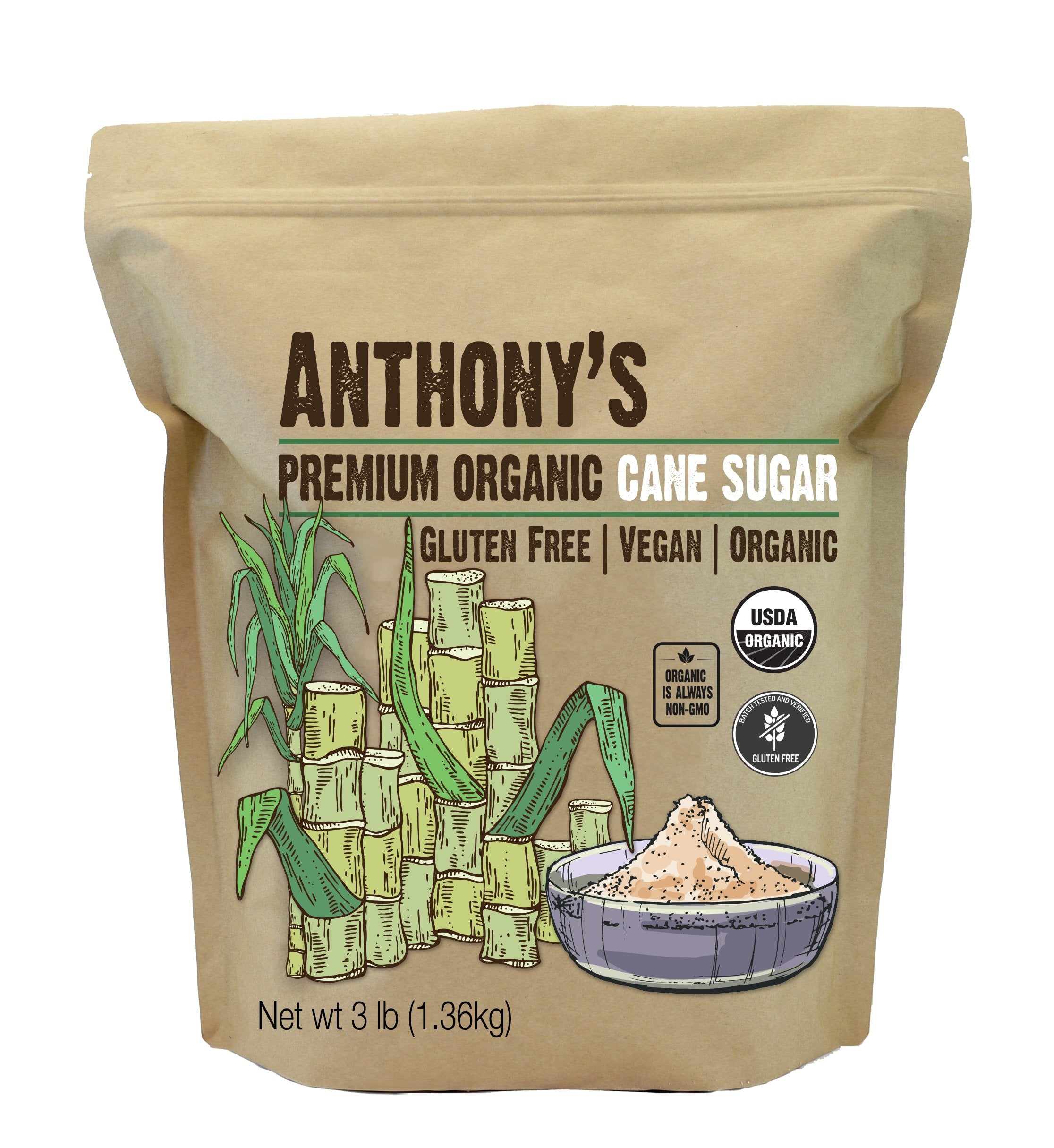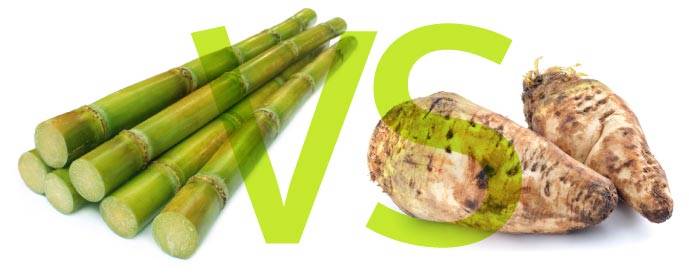Cane Sugar Processing Explained: What Occurs Inside a Sugar Mill
Cane Sugar Processing Explained: What Occurs Inside a Sugar Mill
Blog Article
Checking Out the Comprehensive Tips Associated With Walking Stick Sugar Processing From Harvesting to Improvement
The process of walking cane sugar production encompasses a collection of elaborate actions, beginning with the cautious harvesting of sugarcane and culminating in the improvement stages that make certain the end product fulfills industry criteria. Each phase, from the removal of juice to the filtration and condensation procedures, plays a critical function in identifying the top quality and personality of the sugar. Understanding these phases not just highlights the complexity of sugar production however likewise increases important concerns about performance, sustainability, and development in the market. What effects do these elements have for future methods?
Harvesting Sugarcane
Collecting sugarcane is a crucial step in the walking cane sugar processing chain, as it directly affects the quality and return of the last item. Correct timing and strategies are essential during this phase to make certain optimal sugar web content and decrease losses. Commonly, sugarcane is collected when it gets to maturation, normally 12 to 18 months after growing, identified by a high sucrose focus.

Post-harvest, the sugarcane needs to be processed quickly to stop sucrose destruction. Preferably, collected cane needs to be transferred to processing centers within 24 hr to preserve sugar quality. For that reason, effective logistical preparation is critical to preserve the stability of the gathered crop throughout the supply chain.
Extraction Process

The smashed cane goes through a series of pressing procedures to take full advantage of juice healing. Commonly, warm water is splashed onto the smashed walking stick, creating a countercurrent flow that aids liquify the sugar while additionally helping in the extraction process. The juice accumulated from this procedure has not only sugar but additionally different organic compounds and contaminations.
:strip_icc()/How-to-Plant-and-Grow-Sugar-Cane-965303384-2fdac181359d44c185dfa7988fc181a8.jpg)
To boost extraction performance, some centers may employ diffusion methods, where the sugarcane is soaked in warm water, enabling the soluble sugars to diffuse right into the fluid. The resulting juice, abundant in sucrose, is after that directed to succeeding handling phases, laying the foundation for filtration and improvement. The removal procedure is therefore essential in figuring out the top quality and return of the final sugar item.
Filtration Techniques
The filtration strategies used in walking cane sugar handling are important for transforming the raw juice into a high-grade sugar item. These approaches largely intend to eliminate contaminations, such as dirt, plant products, and inorganic substances, which can adversely influence the end product's flavor and color.
This process entails including lime and warm to the raw juice, which facilitates the coagulation of contaminations. Furthermore, the use of phosphoric acid can boost the information process by additional binding impurities.
Another substantial method is carbonatation, where carbon dioxide is presented to the cleared up juice. This reaction generates calcium carbonate, which catches remaining pollutants and promotes their elimination.
In addition, triggered carbon treatment might be used to adsorb any type of staying colorants and organic contaminations, ensuring a much more refined product. The mix of these techniques properly prepares the sugar juice for subsequent actions in the refining process, establishing the stage for the manufacturing of high-grade walking stick sugar.
Formation Methods
After the filtration stage, the next critical action in walking cane sugar processing includes formation methods, which play an essential role in changing the made clear juice into solid sugar. This process commonly uses two key approaches: spontaneous formation and controlled formation.
In spontaneous formation, supersaturated sugar solutions are permitted to cool down normally, causing the development of sugar crystals gradually. This approach is less complex however might read the article lead to irregular crystal dimensions and lower purity degrees. On the other hand, managed crystallization is a much more precise method where temperature level, focus, and seeding representatives are carefully handled. This technique enables the consistent development find more information of sugar crystals and greater pureness.
Throughout crystallization, the clarified juice is focused via dissipation, raising its sugar web content till it gets to supersaturation. When this point is achieved, either technique can help with the crystallization procedure. Cane Sugar Processing. The resultant sugar crystals are after that divided from the staying syrup with centrifugation
Eventually, the option of crystallization method influences the top quality, size, and purity of the final sugar item, making this action essential in the general walking stick sugar processing treatment.
Refinement and Product Packaging
Exactly how can the purity and high quality of walking stick sugar be even more boosted after crystallization? The improvement procedure plays an important duty in achieving top notch cane sugar. Complying with formation, sugar goes through a detailed washing to eliminate contaminations and residual molasses. This is typically completed using warm water or vapor, which helps liquify and extract undesirable elements while maintaining the sugar crystals.
Following, the sugar goes through a process called centrifugation, where it is spun at high rates to separate the cleansed sugar crystals from the continuing to be liquid. After centrifugation, the sugar is frequently additional refined via a technique called carbonization or phosphatation, which makes use of activated carbon or phosphoric acid to eliminate shade and off-flavors.
As soon as refined, the sugar is dried to attain the wanted moisture material, ensuring that it stays secure throughout storage and transportation. The last step includes product packaging the polished sugar in closed and moisture-proof containers to preserve its top quality and avoid contamination. Cane Sugar Processing. Appropriate product packaging not just expands shelf life but likewise facilitates simple handling and distribution, making certain that customers obtain sugar that meets the highest requirements of pureness and top quality
Conclusion
The extensive steps associated with walking cane sugar processing, from the careful harvesting of sugarcane to the complex improvement and product packaging stages, highlight the value of each stage in making certain premium sugar production. Ideal harvesting techniques, efficient extraction techniques, and helpful hints extensive purification procedures jointly add to the last product's purity and stability. The formation and subsequent packaging practices better improve the stability and shelf life of the sugar, highlighting the complexity and accuracy integral in this essential farming sector.
The procedure of walking cane sugar production encompasses a collection of detailed actions, starting with the cautious harvesting of sugarcane and culminating in the improvement phases that guarantee the final item fulfills sector requirements. Ideally, collected walking cane should be transferred to refining facilities within 24 hours to maintain sugar high quality.In spontaneous condensation, supersaturated sugar solutions are permitted to cool normally, leading to the development of sugar crystals over time - Cane Sugar Processing. The refinement procedure plays a critical function in achieving high-quality walking cane sugar.The detailed steps entailed in cane sugar handling, from the precise harvesting of sugarcane to the detailed improvement and packaging phases, underscore the relevance of each phase in making certain top notch sugar production
Report this page